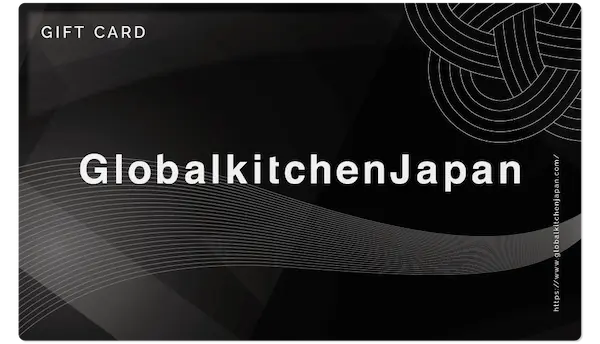Japan has a custom of eating Toshikoshi Soba (year-crossing noodles) on New Year’s Eve (“Omisoka” in Japanese).
Soba is a traditional Japanese food, and some people are an enthusiastic Soba lover. Today Soba is even drawing attention outside Japan as there are more and more environments where soba can be cultivated.
Today we are going to tell you about the reason and origin why we eat Soba at a crossover of years as well as how to make Toshikoshi Soba.
History and Origin of Toshikoshi Soba

Toshikoshi means “year-crossing”, and people eat Toshikoshi Soba on December 31 every year. In fact, Japanese people love eating Soba and eat it throughout the year. Also, there is no special manners for making/eating Soba. However, eating it on New Year’s Eve is something meaningful. Some people enjoy it with more gorgeous toppings such as shrimp Tempura or Kakiage (Tempura of mixed vegetables).
Then, when did this custom begin? It is said it had already begun in 1800s. There are several explanations for its origin, but the most prevailing theory is that it is to pray for longevity or long-term good relationship just as soba is thin and long but continuing. Another explanation is that it is to cut the loop of unfortune just as soba is easily cut during eaten.
How to Cook Soba

Refer to another blog, “Let's make Japanese Soba at Home!” for how to make fully homemade Soba.
Let's make Japanese Soba at Home!
Let’s see how to boil Soba.
Boil Soba

First boil plenty of water in a soup pot. Then separate and put Soba noodles in the hot water. As Soba can be cut easily, do not handle it with much strength or stir many times. After putting Soba in the water, gently stir a few times to separate each noodle. Then wait until it’s cooked. It is important to let each noodle spontaneously move in the convection of the water. So, this is why plenty of water is needed.
Boiling time should be about 1 to 3 mins depending on the thickness of noodle.
Wash Boiled Soba

When Soba is done, put it in cold water and gently wash to remove stickiness.
Finishing
 Pour the soup and favorite toppings, and that’s it! If you want to eat hot Soba, warm it in the hot water again and move it to a bowl that was pre-warmed. Then pour hot soup and toppings.
Pour the soup and favorite toppings, and that’s it! If you want to eat hot Soba, warm it in the hot water again and move it to a bowl that was pre-warmed. Then pour hot soup and toppings.
Summary
Soba has unique flavor, and it is an essential food for Japanese people. Also, Freshly made soba noodles have special savory flavor and good for celebrations or parties.
Would you like to eat Toshikoshi Soba and enjoy the Japanese tradition to have a great New Year start?




